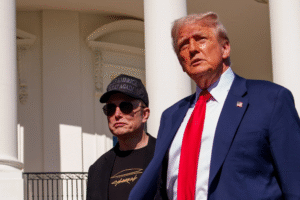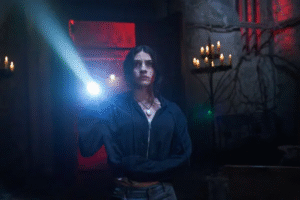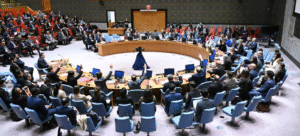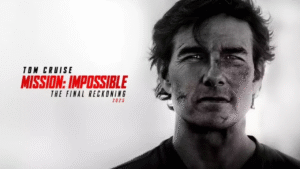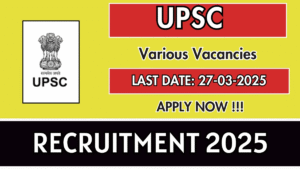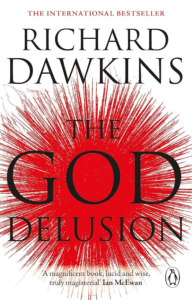The Shadow of Suspicion, the Hope of Dialogue: The IAEA Chief’s Tehran Visit Amidst Nuclear Tensions
The visit of the head of the United Nations’ nuclear watchdog, the International Atomic Energy Agency (IAEA), to Tehran carries a weight far exceeding a routine diplomatic engagement. Occurring on the cusp of anticipated fresh talks between Iran and the United States concerning its contentious nuclear program, this mission underscores the delicate and high-stakes nature of international efforts to monitor and potentially constrain Iran’s atomic ambitions. In a region fraught with geopolitical complexities and a history of mistrust, the IAEA chief’s presence in the Iranian capital represents both a crucial opportunity for progress and a stark reminder of the persistent challenges that plague this critical dossier.

A Legacy of Suspicion: Iran’s Nuclear Program and International Scrutiny
For years, Iran’s nuclear program has been a source of intense international scrutiny and concern. Western powers, particularly the United States, have long suspected Iran of secretly pursuing the development of nuclear weapons, a claim Tehran vehemently denies, asserting its program is solely for peaceful purposes, including energy production and medical applications. The 2015 Joint Comprehensive Plan of Action (JCPOA), a landmark agreement between Iran and world powers, offered a framework for curbing Iran’s nuclear activities in exchange for sanctions relief. However, the unilateral withdrawal of the United States from the JCPOA in 2018 under the Trump administration plunged the agreement into jeopardy, leading Iran to gradually roll back its commitments and escalate its enrichment activities.
The IAEA’s Pivotal Role: Verification Amidst Rising Tensions
In this context of heightened tensions and a stalled diplomatic process, the IAEA’s role becomes even more critical. As the independent international body tasked with verifying the peaceful nature of nuclear programs, the IAEA serves as the eyes and ears of the international community. Its inspectors on the ground in Iran play a vital role in monitoring nuclear facilities, verifying declarations, and ensuring that nuclear materials are not diverted for military purposes. However, the IAEA’s ability to effectively carry out its mandate has faced increasing challenges in recent years, with Iran at times limiting access to certain sites and raising questions about the scope and intrusiveness of inspections.
A Timely Mission: Bridging the Gap Ahead of Potential Talks
The timing of the IAEA chief’s visit, preceding expected renewed talks between Iran and the US, injects a sense of urgency and potential significance into the mission. These anticipated discussions, while the specifics remain unclear, suggest a renewed diplomatic push to find a pathway forward on the nuclear issue. The IAEA’s insights and assessments will undoubtedly be crucial in informing these talks. A credible and transparent verification regime, facilitated by the IAEA, is a fundamental prerequisite for any sustainable agreement. The agency’s ability to access relevant sites, clarify outstanding questions about past nuclear activities, and implement robust monitoring mechanisms will be key to building confidence and ensuring compliance.
Navigating Obstacles: Deep Mistrust and Geopolitical Realities
However, the path ahead is fraught with obstacles. Deep-seated mistrust between Iran and the United States, coupled with regional rivalries and domestic political considerations on both sides, create a complex and volatile environment. Skepticism about Iran’s intentions remains high in many Western capitals, fueled by past instances of undeclared nuclear activities and a lack of full transparency. Iran, on the other hand, views its nuclear program as a matter of national sovereignty and has expressed frustration over the reimposition of sanctions and the perceived lack of commitment from other parties to the JCPOA.
A Call for Constructive Engagement: The Stakes for All Parties
The IAEA chief’s visit to Tehran, therefore, is not merely a technical exercise in nuclear verification. It is a delicate diplomatic maneuver aimed at fostering dialogue, building bridges of understanding, and potentially laying the groundwork for a more comprehensive resolution. The success of this mission hinges on the willingness of both Iran and the IAEA to engage constructively and address outstanding concerns. For Iran, demonstrating a commitment to full transparency and cooperation with the IAEA is essential to building international confidence and creating a conducive environment for diplomatic progress. For the IAEA, maintaining its independence and impartiality while effectively carrying out its verification mandate is crucial for upholding the integrity of the international nuclear non-proliferation regime.
Balancing Suspicion with the Hope for Dialogue
In conclusion, the IAEA chief’s presence in Tehran ahead of anticipated US-Iran nuclear talks underscores the critical juncture at which the international community finds itself regarding Iran’s nuclear program. This visit represents a vital opportunity to reinforce the importance of verification, foster dialogue, and potentially pave the way for a more stable and secure future. However, the deep-seated complexities and historical baggage surrounding this issue mean that the path to a lasting resolution remains arduous. The world watches with cautious optimism, hoping that this visit can contribute to a renewed commitment to diplomacy and a de-escalation of tensions in a region yearning for stability. The shadow of suspicion may linger, but the hope for meaningful dialogue, facilitated by the IAEA, offers a crucial glimmer of possibility.

